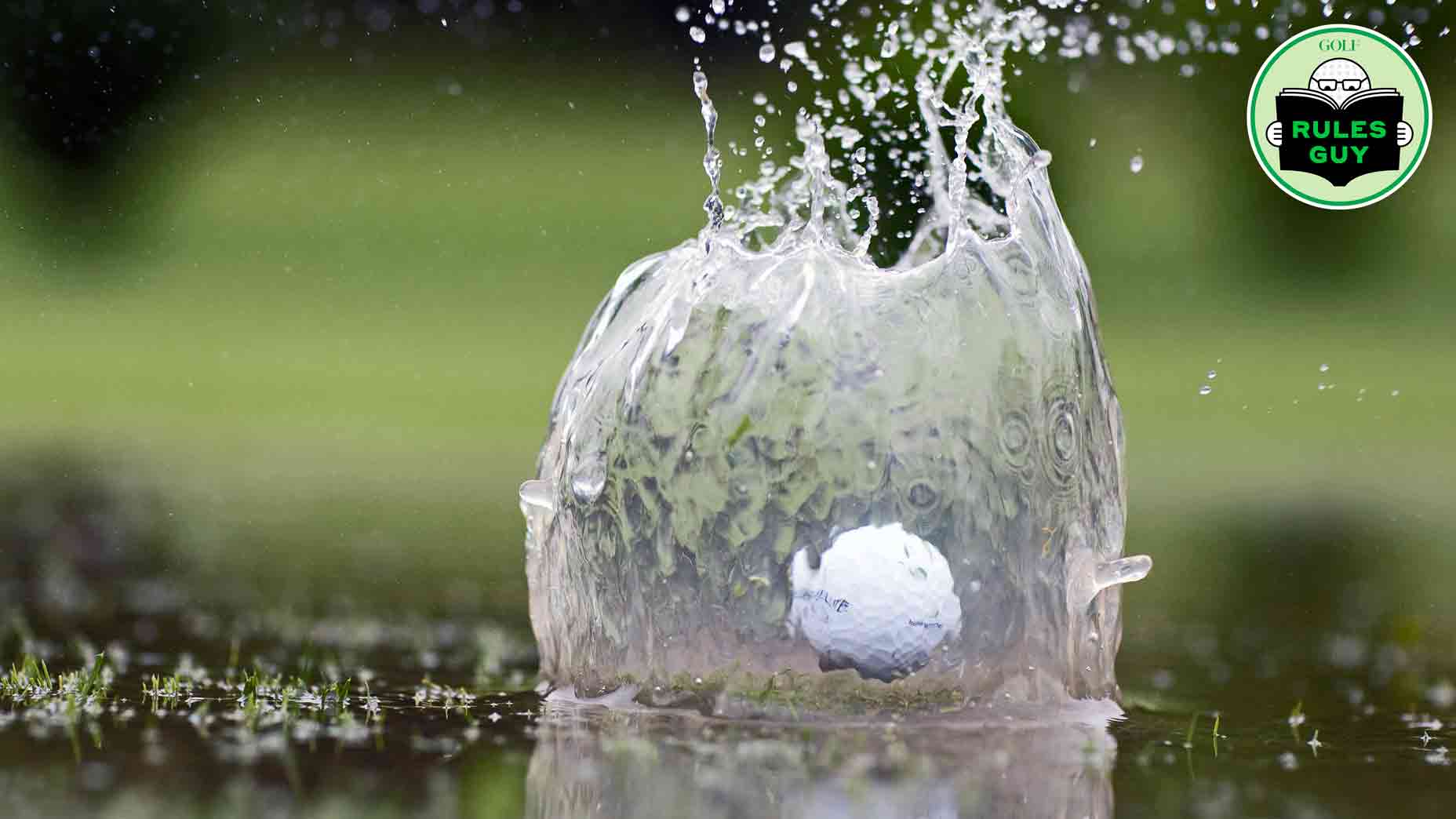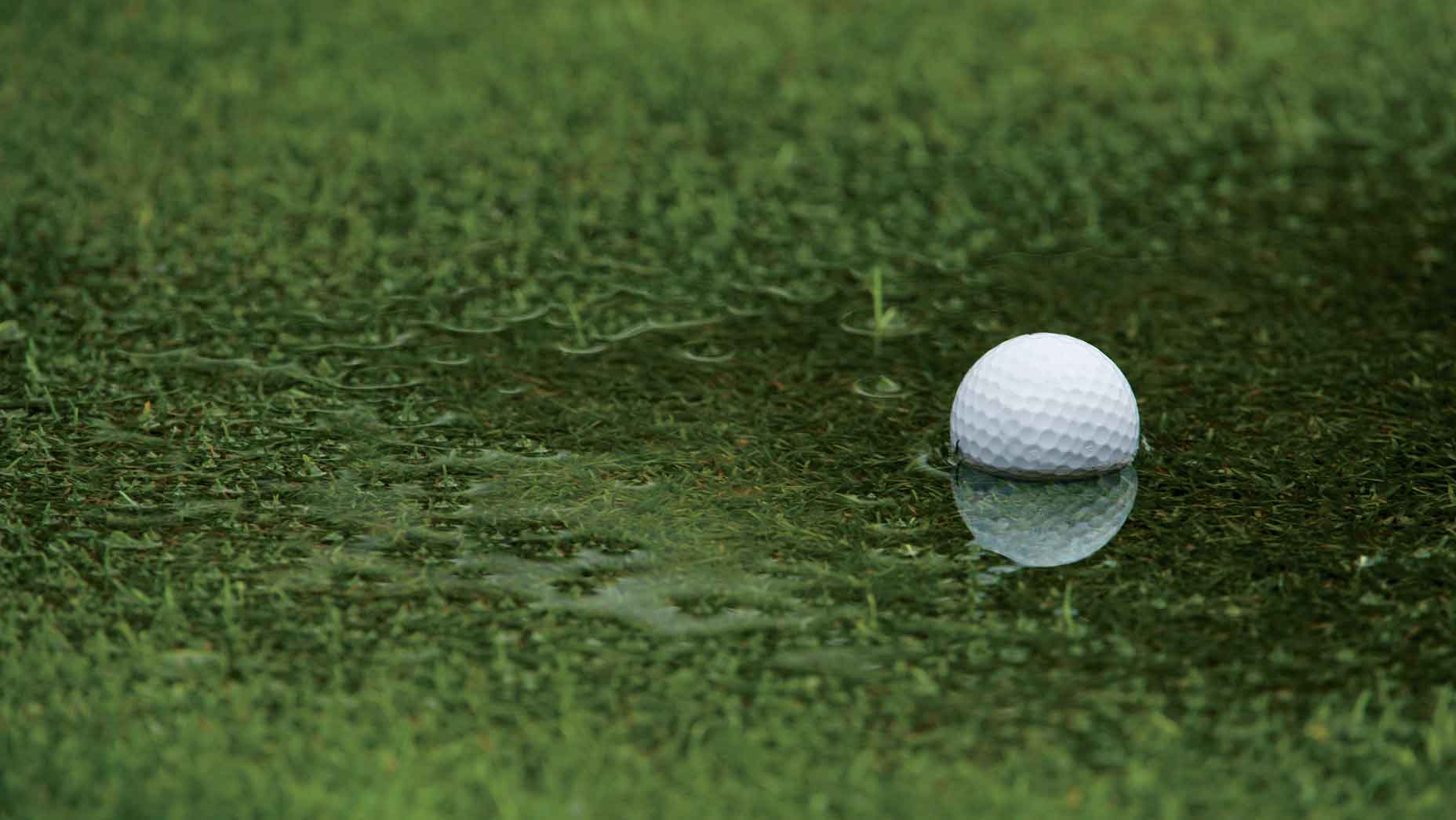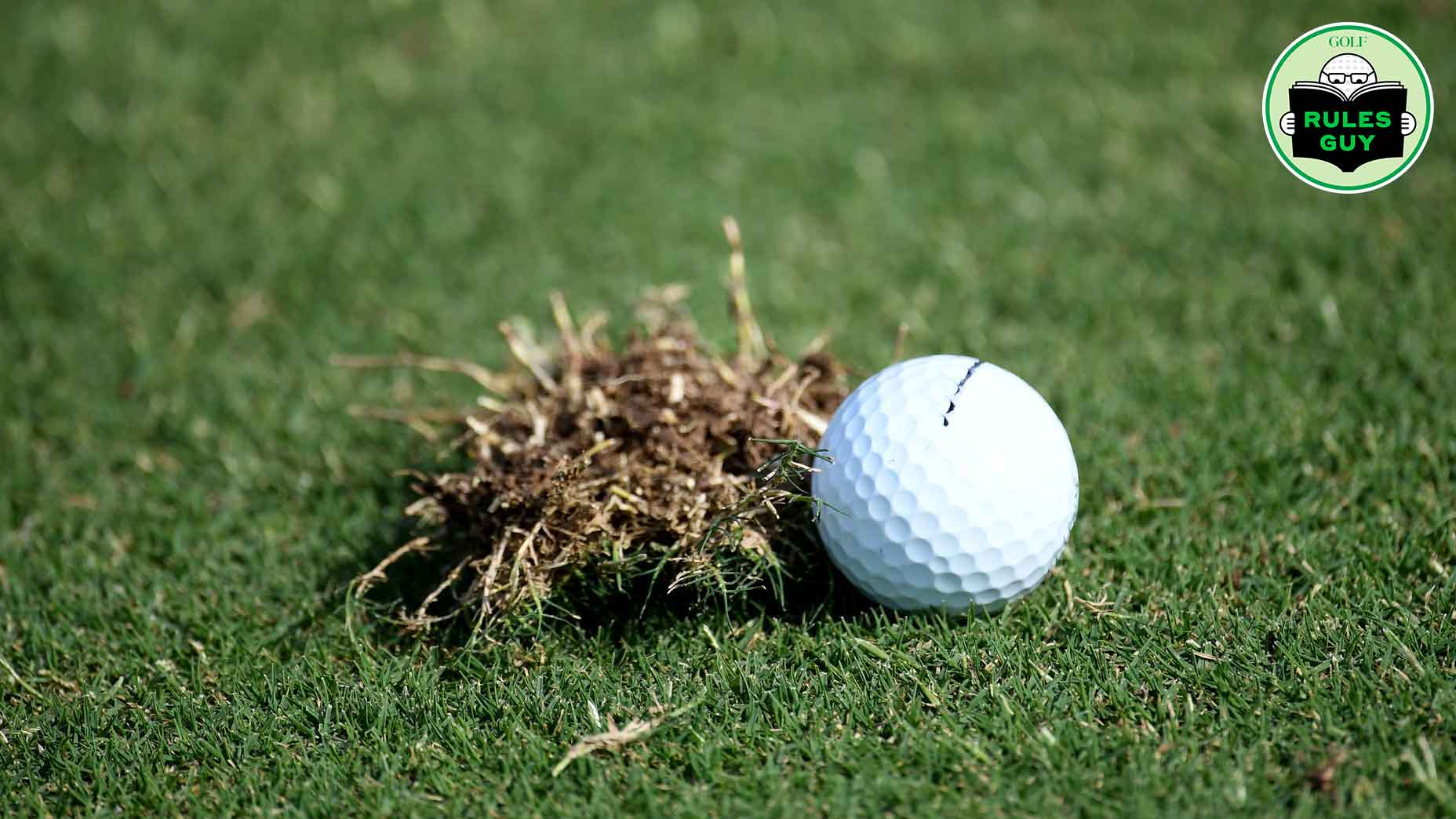The Rules of Golf are tricky! Thankfully, we’ve got the guru. Our Rules Guy knows the book front to back. Got a question? He’s got all the answers.
What is the ruling if your ball is lost in temporary water when you know with 100 percent certainty where the ball landed but cannot see it? For example, you see the ball splash, but it’s plugged in wet turf under the water and you can’t find it? — Ed Huelsmann, via email
Rules Guy once pitched Hollywood a horror movie based on this very concept. The player reaches into the water … and then … tries to pull his arm out … but can’t … and is then dragged into … “The Muck”! Alas, it remains in development hell.
As to the rules angle, if it’s known or virtually certain that the ball is in temporary water, you do get to take free relief, and you’d use the same procedure as if you had found the ball — but, under Rule 16.1e, you treat it as if you found the ball at the spot where it last crossed the edge of the temporary water.
Find the nearest point of complete relief from that spot and drop within one club-length no nearer the hole in the general area, presuming that’s where this all happened. Now, back to my script idea: If we can get Jordan Peele to direct and Jordan Spieth to star ….
Rules Guy: What do I do if my ball lands in water from a pond that overflowed?By: Rules Guy
For more water guidance from our guru, read on …
If a retention pond isn’t staked, is it still considered to be a water hazard? — Paul Neubert, Surfside Beach, S.C.
The Zen philosopher Ty Webb once said, “A flute with no holes is not a flute. A donut with no hole is a Danish.”
Similarly (or perhaps dissimilarly — it’s hard to say), Decision 26/3 clarifies that if a water hazard is unmarked by the committee it does not lose its status as a water hazard. Hit into it, and you can still take relief under the water hazard rule … or, better yet, don’t hit into it.
Need help unriddling the greens at your home course? Pick up a custom Green Book from Golf Logix.
Got a question about the Rules? Ask the Rules Guy! Send your queries, confusions and comments to rulesguy@golf.com. We promise he won’t throw the book at you.











